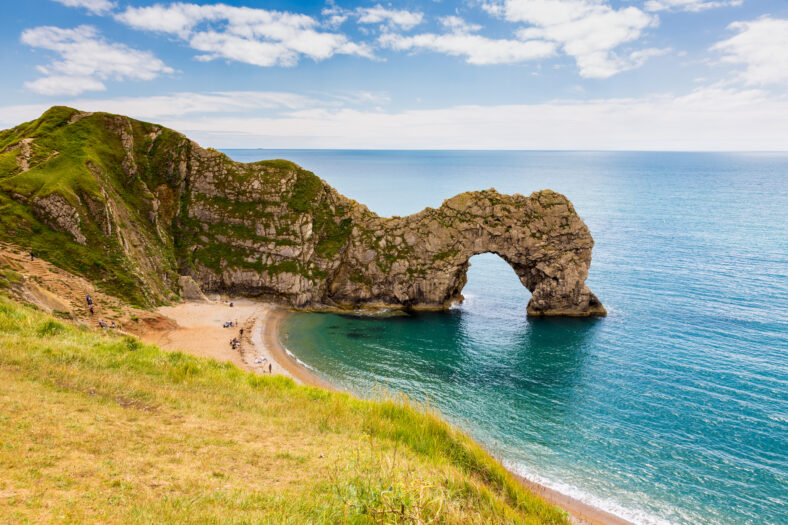An Ancient Burial Ground In England Proves This Iron Age Society Was Run By Women

During the Iron Age, women were at the center of a British Celtic community. They were politically and socially empowered, shaping the structure of their society.
Researchers made the discovery after analyzing 50 ancient genomes from burial grounds in Dorset, located in southern England.
The cemetery was in use before and after the Roman Conquest of A.D. 43. The results of the DNA sequencing showed that this community was centered around female familial lines.
“This was the cemetery of a large kin group,” said Dr. Lara Cassidy, the lead author of the study and an assistant professor in the Department of Genetics at Trinity College Dublin.
“We reconstructed a family tree with many different branches and found most members traced their maternal lineage back to a single woman, who would have lived centuries before. In contrast, relationships through the father’s line were almost absent.”
This means the husbands moved to join their wives’ families after getting married. It is possible that land was passed down through the female line. The findings mark the first time that such a system has been recorded in European prehistory.
The research team found that this type of social organization, referred to as “matrilocality,” was not limited to Dorset.
In fact, the same pattern emerged from other cemeteries in Iron Age Britain, although it was on a smaller scale.
“Across Britain, we saw cemeteries where most individuals were maternally descended from a small set of female ancestors,” said Dan Bradley, a co-author of the study and a professor of population genetics at Trinity’s Department of Genetics.

Sign up for Chip Chick’s newsletter and get stories like this delivered to your inbox.
“In Yorkshire, for example, one dominant matriline had been established before 400 B.C. To our surprise, this was a widespread phenomenon with deep roots on the island.”
Iron Age cemeteries containing well-preserved burials are a rarity in Britain. The one exception is Dorset due to the unique burial practices of the people who lived there. The Romans named these people the “Durotriges.”
The researchers collected samples of DNA from a site near the village of Winterborne Kingston. Since 2009, archaeologists from Bournemouth University have been conducting excavations there. They noticed that the more elaborate burials belonged to women.
Much of what experts know about Iron Age Britain comes from Greek and Roman accounts, but those were not considered to be entirely accurate, as they may have exaggerated the freedoms of British women to make their society seem more uncivilized.
When the Romans arrived in Britain, they were surprised to find women in positions of power. Two of the earliest documented rulers were queens who led armies.
Now, archaeology and DNA tests support historical writings that state how influential women were in Iron Age life.
The details of the study were published in the journal Nature.
More About:News





